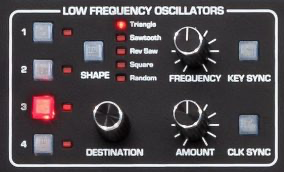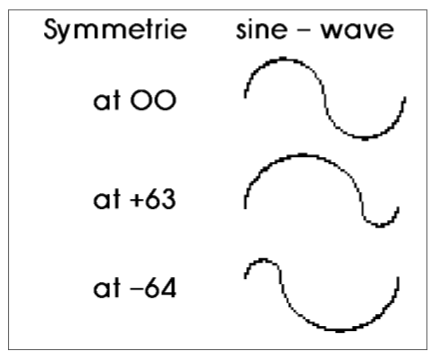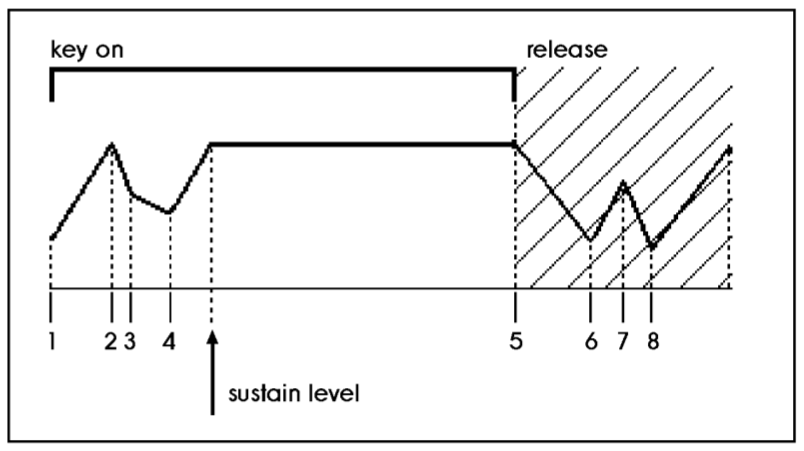
Modulation is a key ingredient to synthesizer sounds. Modulation adds movement to the sounds, making them less static. Common modulation techniques include envelopes to shape the volume and partials over time, low frequency oscillators (LFO) to periodically alter the pitch of oscillators (vibrato) or the volume of the sound (tremolo), or velocity to add volume or brightness to notes played harder than others. Advanced synthesizers provide a modulation matrix which allows to route modulation sources (like the ones mentioned above) to various destinations.
As a rule of thumb, the more modulation capabilities exist, the more different sounds can be produced by a synthesizer and the more complicated it is to understand and use. As a consequence, some synthesizers are designed focussing on the quality of the basic building blocks (oscillators, filters) and provide little modulation capabilities (e.g. one LFO only synths like the Korg prologue and minilogue xd or the DSI/Sequential OB-6, for which Steve Hunt offers a “Low Frequency Expander for OB-6” breakout box).
When it comes to LFOs, it’s not only the amount that matters, but also the waveforms provided. The Korg prologue and minilogue xd’s LFO just provide three (saw, triangle, square). More advanced LFOs may also provide Random/S&H waveforms. A waveform seldom to find is Sample & Glide, which provides a less stepped random waveform. It can be found, for example, in the Korg Z1 (four LFOS) or emulated in the John Bown Solaris (four LFOS) by routing the S&H waveform through a lag processor (actually a low pass filter). This waveform allows for very subtle, unobtrusive modulations.
The abovementioned Korgs just provide one LFO with three wavefroms only. Additionally, the single LFO can only be routed to one destination at a time (pitch, shape, cutoff). This design is pretty straightforward, and the panel controls give the musician immediate access to the modulation. While I’d like to congratulate the designers for resisting the temptatoin to add more, I perceive the design as very limiting.
At the other end, there are synths (like the Access Virus or the Sequential Prophet 08) which provide both multiple LFOs and a modulation matrix. One can create a lot of very interesting sounds with them, but without reading (and understanding) the modulation matrix menu entries it is difficult to understand how a particular sound was designed. But anyway, the sounds of analog machines with modulation matrix are much sought after, as the still popular Oberheim Matrix-1000 proves.
The original Waldorf Microwave I, known for its extremely punchy envelopes, provides two special parameters for the LFOs. The first one is “Symmetry”, which has a special effect on the sine wave.

The second one is “Humanize”, which adds random variations to its rate. The Microwave also is known for its extremely flexible (and even loopable) third “Wave envelope”.

Admittedly, I’m a big fan of all kinds of weird modulation capabilities and can spend hours exploring what sounds can be achieved using them. On the other hand, machines limited in modulation are interesting as well, as I pay more attention on the details of the limited capabilities, which fosters creativity, as Kebu states.
